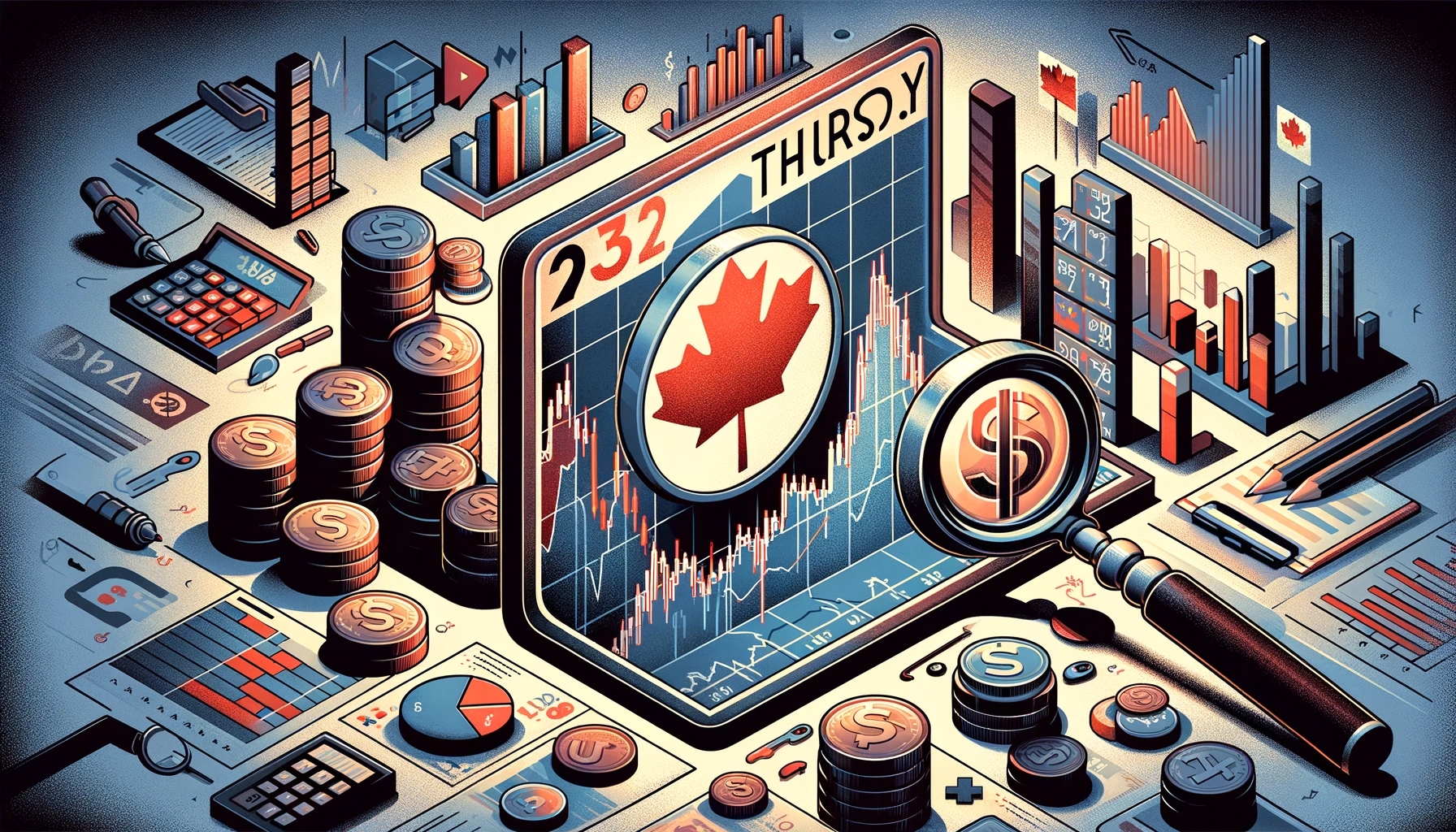
As we near the end of the year and on a quiet day in the currency exchange markets, it might be interesting to consider where the exchange rate has been so far this year and where it might go from here. The graph above shows the value of the Canadian dollar in US dollars since the beginning of the year. There have of course been many day to day ups and downs caused by a whole set of factors that have moved the Canadian dollar exchange rate. But there have really been just three major developments that have led to changes in trends and directions for the exchange rate. In April, the Bank of Canada became the first major bank to acknowledge the healthy recovery from the pandemic and announce a process for ending pandemic-related asset purchases. That started a rally in the Canadian dollar which eventually had the loonie trading at its highest levels for the year. From the announcement in April through to the beginning of June, the Canadian dollar gained about four pennies. That tide only turned in June when the US Federal Reserve took a hawkish tone of its own and began “talking about talking about” tapering its own asset purchases. That led to a broad rally in the US dollar that lasted several months. From peak to trough in that period, the loonie gave up 5 pennies. The broad US dollar rally has continued against most other currencies with the greenback currently at near its highest levels against the euro. But against the Canadian dollar, the US dollar rally stopped when oil began moving up at the beginning of October, eventually reaching multi-year highs. That surge in oil prices has led to the Canadian dollar clawing back 3 pennies against the US currency. USD to CAD is currently at 1.245 (CAD to USD is at 0.803). The Interchange Financial Consensus Canadian Dollar Forecast sees the Canadian dollar ending the year at 1.264 (CAD to USD at 0.791).




